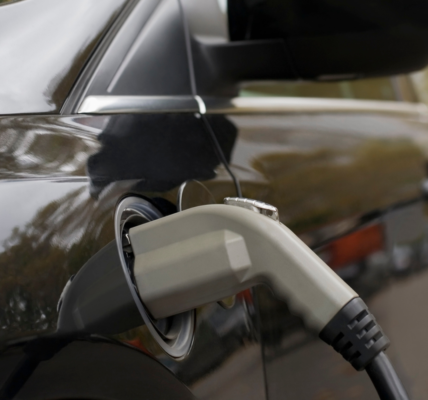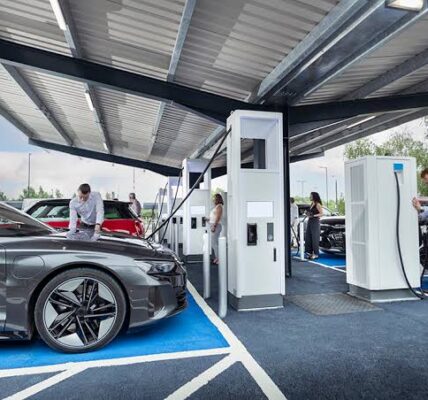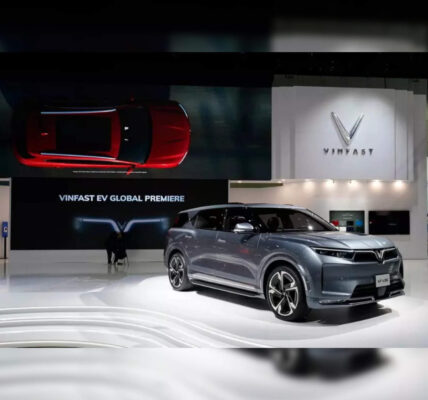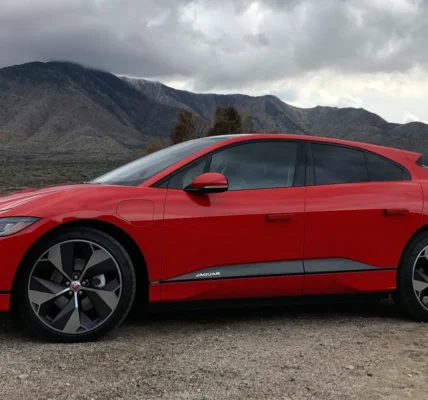President Donald Trump has not been shy about his distaste for clean-vehicle tax credits, and now House Republicans are looking to do away with them and other sustainability-focused measures in a newly proposed federal budget. Trump was reportedly anti-incentive prior to returning to office in January, and he got rid of his predecessor’s EV targets as part of a flurry of early-term executive order decrees. The next step, if his party has its way, is to kill federal tax incentives for electrified vehicles.
These clean-vehicle credits date back to President Obama and were in place during Trump’s first term. Under the Biden administration, they were expanded as part of the Inflation Reduction Act, which removed per-manufacturer caps on the number of credits that could be applied to new vehicles. It also added requirements about final-assembly location and battery material sources.
Currently, buyers can still get up to $7500 off qualified new vehicles. A $7500 commercial credit applies to leases, going to the leasing company but generally being passed on to consumers in the form of a discount. As proposed, the budget would completely kill the tax credit after 2026. However, models from automakers such as GM and Tesla, which have sold more than 200,000 EVs, won’t be eligible for the credit after December 31, 2025. Meanwhile, the proposed bill would also do away with tax credits for the purchase of used EVs, which are currently as much as $4000, limited to a portion of the vehicle’s purchase price.
2024 acura zdx
Marc Urbano|Car and Driver
These efforts spurred more purchases of EVs (your author’s included) and plug-in hybrids, while also encouraging automakers to move final assembly to North America so that their products would qualify for the full credits. Some have already done so, with others’ plans in progress. Those massive on-shoring investments may prove to have been for nought.
What Happens If Incentives Disappear?
A lot has to happen before this or any budget is passed. Removing these credits obviously removes much of the financial incentive of purchasing a vehicle with a plug. This, combined with on-again, off-again tariffs on new vehicles and parts, would throw much of the auto industry further into policy-related confusion. While politicians can change the game with the stroke of a pen, it takes automakers a long time—months or years—to adjust which products they make, where, and in what volumes. Development for vehicles planned for years from now is already underway, some of which might have to be scrapped if they’re no longer financially viable.
In the short term, if approved, this budget change would likely lead to a run on EV inventories through the end of next year. After that, automakers would have the choice of selling and leasing fewer cars at full price without the incentive or lowering prices (and thus profits) to keep buyers interested. As for the used market, residual values of pre-owned EVs and plug-ins are likely to take a hit without available credits. A lack of investment in EVs could also lead to a larger development gap between Chinese manufacturers and those in the rest of the world.
There’s also the possibility that some or all of the credits are retained as part of congressional budget negotiations. But, given Trump’s general stance towards non-Tesla EVs, it seems we may soon see EV sales boom before they go bust.








